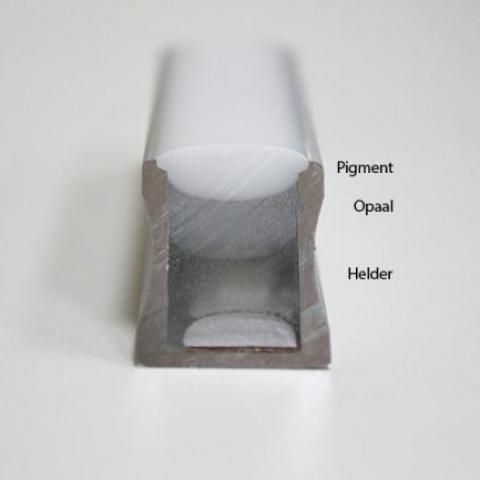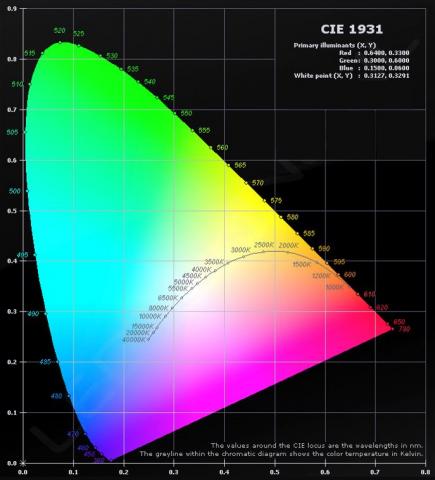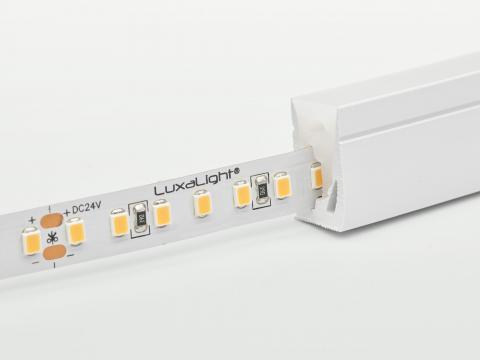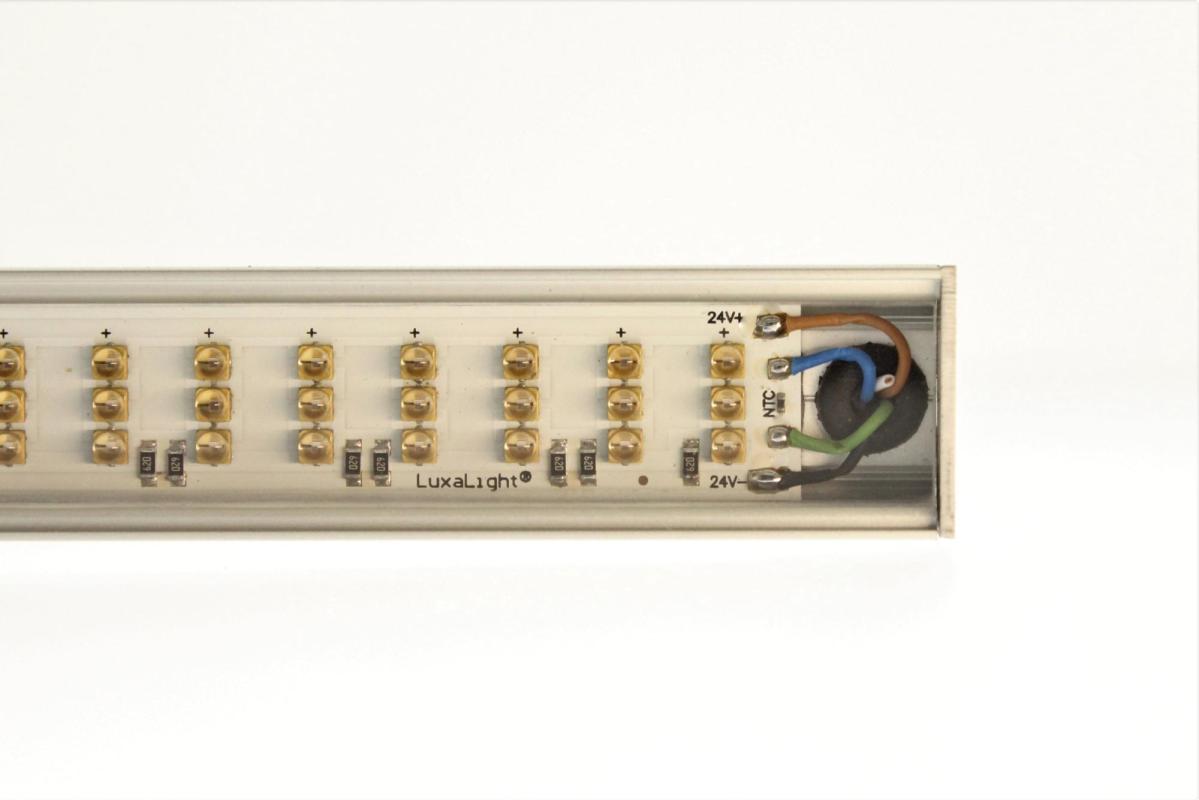LuxaLight Industrial LED Fixture Quartz Glass UV-B 300nm 3535 60° 26.6x23.5mm (24 Volt, 3535, IP64)
Technical specifications
| 24V | |
|---|---|
| 5cm | 11.8117 W/sqm |
| 10cm | 7.04761 W/sqm |
| 15cm | 4.41456 W/sqm |
| 20cm | 3.20697 W/sqm |
| 25cm | 2.24704 W/sqm |
| 30cm | 1.71245 W/sqm |
| 24V | |
|---|---|
| 5cm | 208.1 W/sqm |
| 10cm | 123.7 W/sqm |
| 15cm | 78.16 W/sqm |
| 20cm | 56.79 W/sqm |
| 25cm | 40.05 W/sqm |
| 30cm | 30.58 W/sqm |
- By combining Pulse Mode with Real-Time Monitoring, the efficiency of LED systems can be increased, resulting in higher output.
- We have the expertise and equipment to perform measurements tailored to the specific requirements of the application.
| Symbol | Function |
|---|---|
| V+ | V+ |
| GND | Ground |
| NTC | NTC sensor |
| NTC_GND | NTC ground |
Beta value: 3950
Product description
Our advanced UV-B LED engine with a wavelength of 300 nm, housed in a robust industrial aluminum casing with high-quality quartz glass, provides a powerful solution for a wide range of industrial and research-related applications. This product is ideal for applications requiring flexibility, such as research and R&D, where precise control over different wavelengths is essential. The LED engine offers a range of unique benefits:
Optimal Wavelength for Industrial Use: The 300 nm wavelength is ideal for applications requiring UV light for sterilization, disinfection, photochemical reactions, or specific chemical processes. This wavelength offers high energy intensity, which is essential for activating photochemical reactions in various industrial environments.
Stroboscopic Pulse Function: Thanks to the innovative strobing pulse technology, we can generate radiation with higher peak intensity. This technique enhances efficiency in processes that are sensitive to short light pulses. The ability to emit rapid, repetitive pulses increases effectiveness in applications such as surface treatment, cleaning, or material processing. This functionality is fully supported when integrated with the Manima Pollux Industry system, allowing for precise control and optimization of pulse intensity to maximize performance.
Increased Radiation Capacity: When integrated with the Manima Pollux Industry system, our LED engine achieves a radiation capacity that significantly exceeds conventional systems. This offers advantages such as accelerated reactions, improved industrial machine performance, and more precise control over treatment parameters.
Industrial Aluminum Housing with Quartz Glass: The LED engine is housed in a durable industrial aluminum casing, ensuring protection and durability in demanding industrial environments. The high-quality quartz glass window ensures optimal transmission of UV light while withstanding the harsh conditions of industrial use, making it ideal for challenging applications.
Reliable Performance and Long Lifespan: The robust construction of the LED engine ensures reliable performance even in harsh industrial conditions. The long lifespan of the LEDs reduces the need for frequent replacements and minimizes downtime, contributing to higher operational efficiency and lower maintenance costs.
Energy Efficiency and Sustainability: Our technology is designed with a focus on energy efficiency, reducing operational costs while maintaining optimized energy output. This makes it a sustainable choice for industrial applications that aim to minimize energy consumption and environmental impact.
Built-in NTC Sensor: The product comes equipped with a standard NTC (Negative Temperature Coefficient) sensor for precise temperature control, ensuring the system operates within optimal temperature ranges for maximum performance.
Real-Time Monitoring and Maximum Radiation: When used in combination with the Manima Pollux Industry system, real-time monitoring allows for the maximum radiation output from the UV LED fixture to be achieved. This integration ensures precise control, enabling the system to operate at peak efficiency under varying conditions.
The combination of the 300 nm UV-C LED engine, stroboscopic pulse function, and real-time monitoring provides an unparalleled solution for applications requiring precision, power, and efficiency.
Applications:
- Sterilization and disinfection of water and air
- Disinfection of medical equipment and surfaces in laboratories
- Treatment of water in aquatic systems
- Activating chemical processes where 300 nm UV light is essential
- Photochemical reactions where a longer wavelength like 300 nm is needed
- Research and R&D where the specific properties of 300 nm UV light are required













